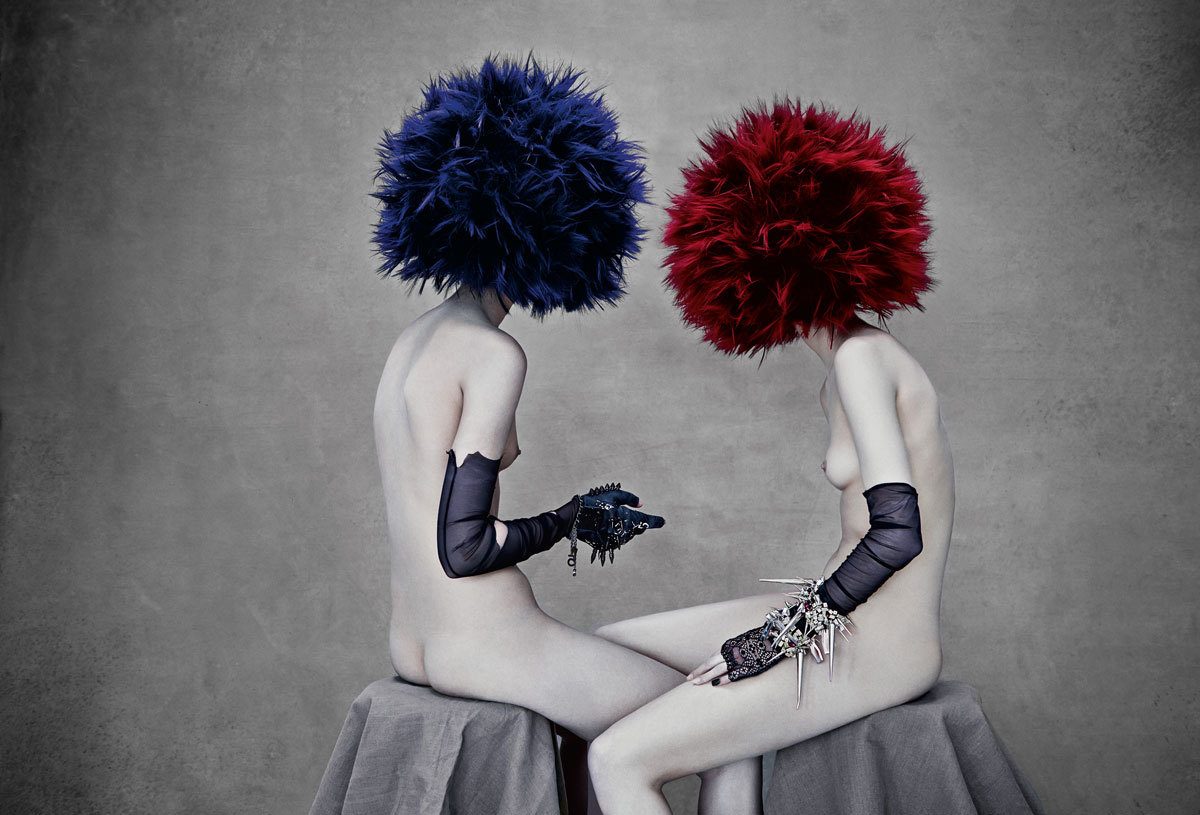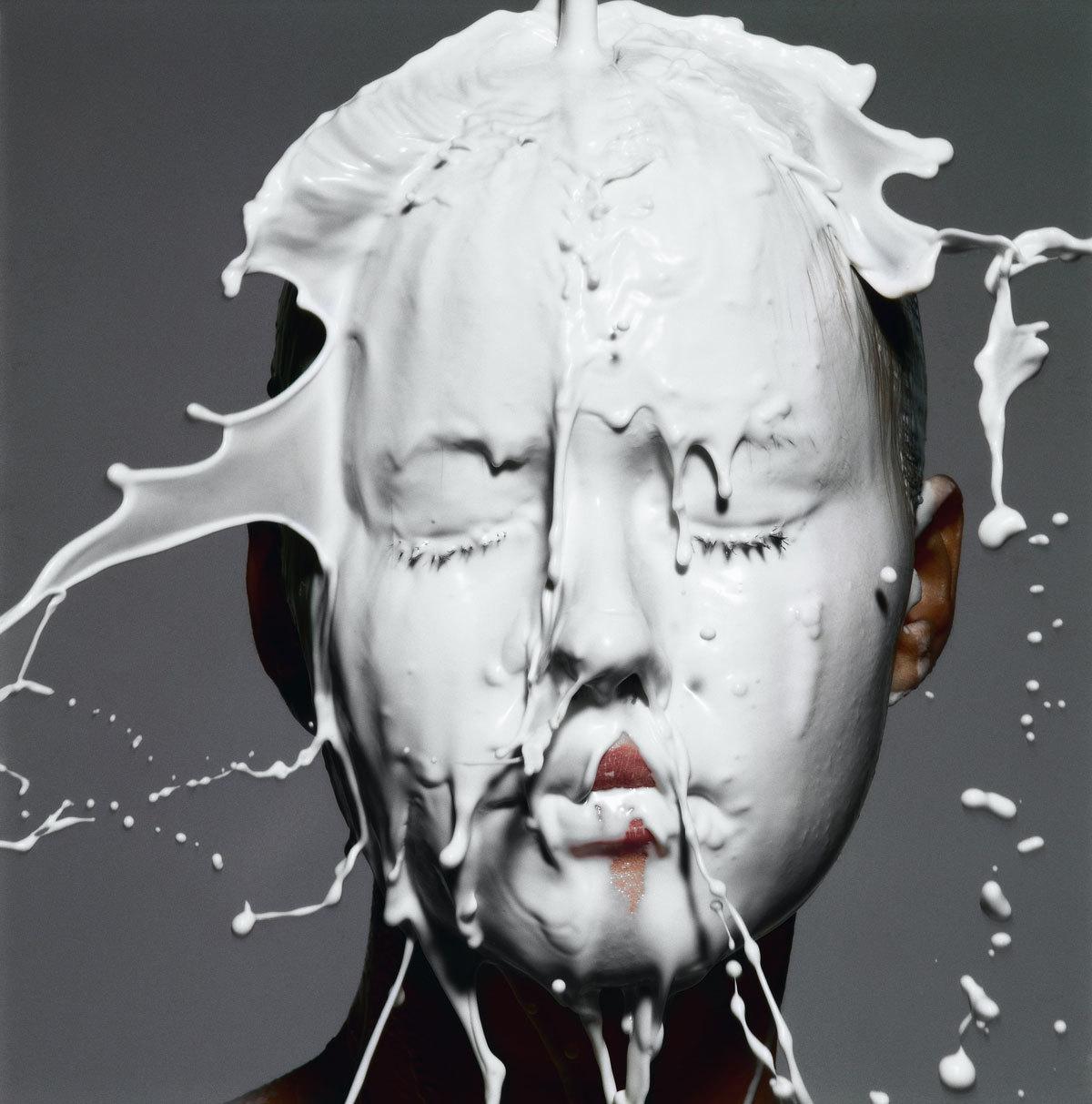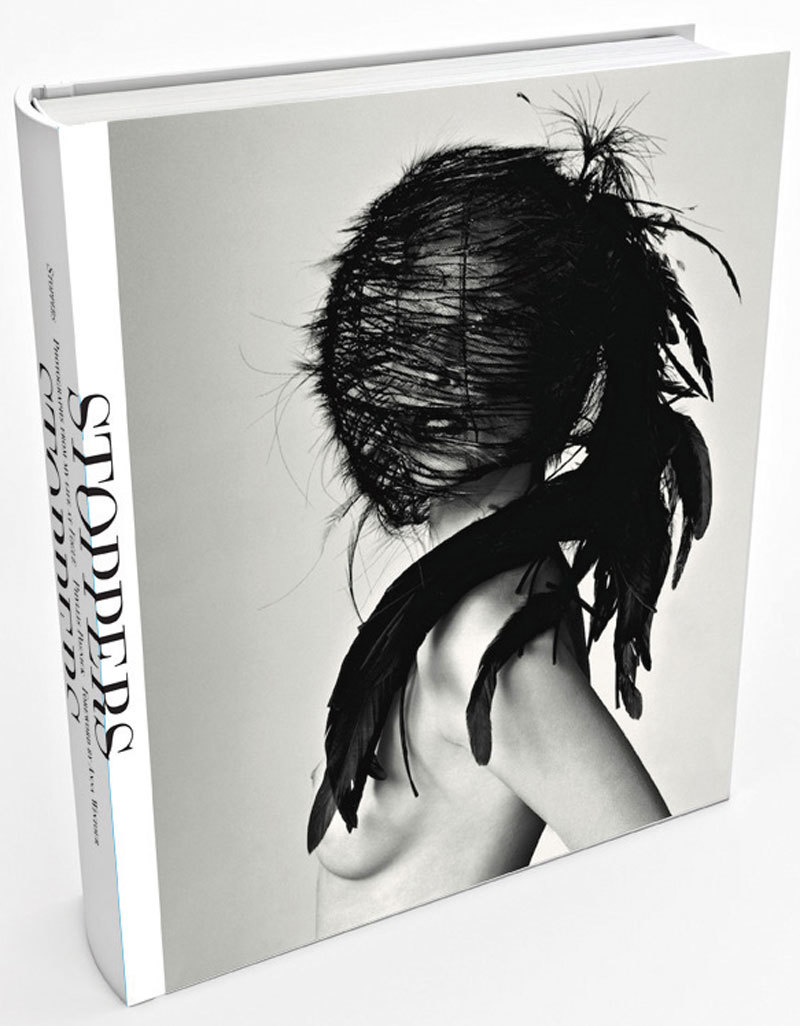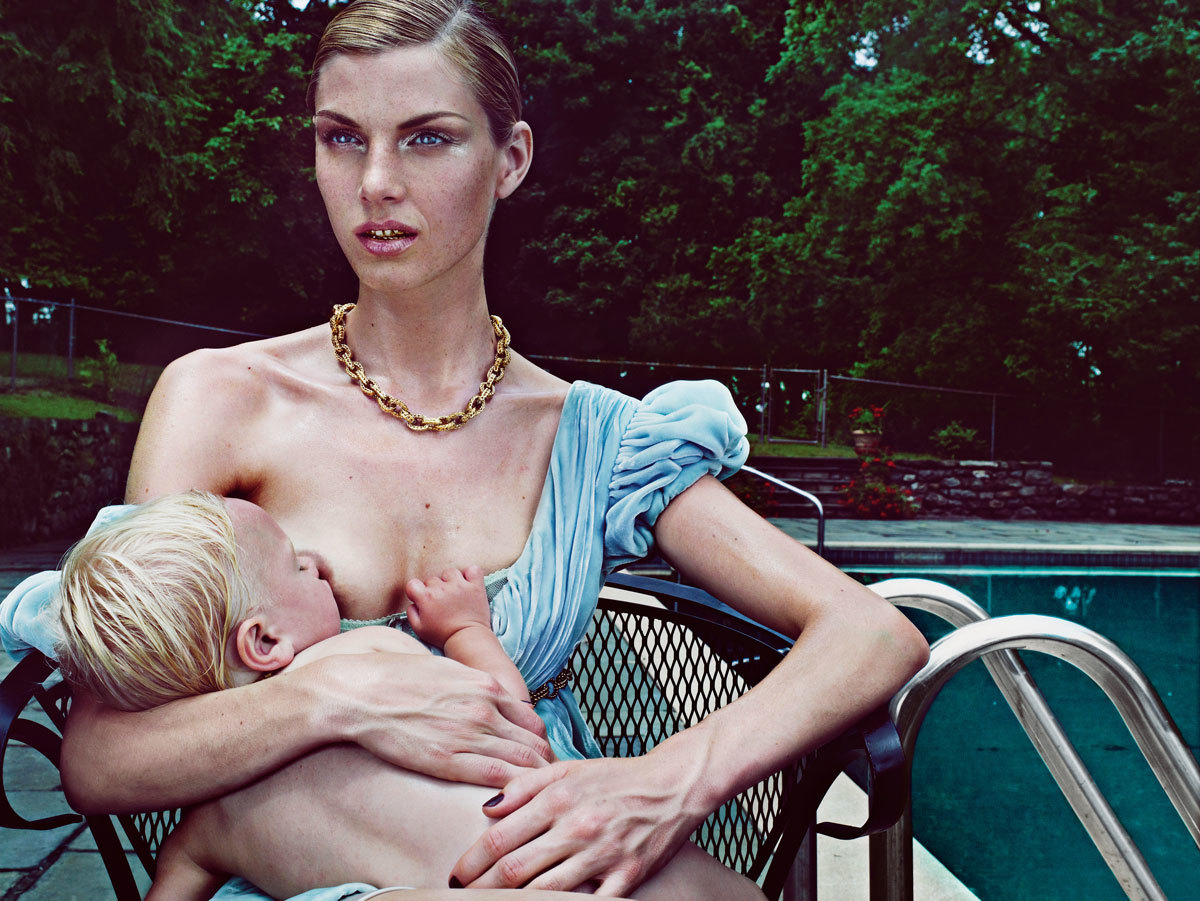There once was a young girl from Long Island who leafed through the pages of Vogue… and fell in love with the glamour, mystique and decadence she saw in its pages. After getting a degree in business from Syracuse University, a move to London, and a stint as an assistant at British Vogue, she finally arrived at American Vogue in 1988. She undoubtedly changed the pages of the magazine that had been her inspiration for so many years.
Her name is Phyllis Posnick as as American Vogue’s Executive Fashion Editor, the understated but undoubtedly chic Posnick, straddles a traditional editorial and styling role. Instead of creating the looks for the grandiose fashion shoots, Phyllis’s job is to bring to life the health and beauty pages, often taking the industry’s (at times) mundane trends (think mascara wars between beauty conglomerates, face cream developments or increasingly popularity in face and lip fillers), and creating arresting images that grab the reader’s attention and locks them into reading the accompanying written feature.
While others might approach such tasks with straightforward execution, Phyllis has made her name elevating these pages to dizzying new heights. Working with industry legends like Steven Klein, Annie Leibovitz and Mario Testino, and the late, great bastions of photography Helmut Newton and Irving Penn, the latter she even dedicates her new book Stoppers to; citing his influence and their collaboration as instrumental in her career.
While Grace Coddington and Editor-in-Chief Anna Wintour (who wrote the foreward for Stoppers), are often the editors one thinks as the stalwarts of American Vogue, Posnick’s influence on the magazine is just as essential. Her body of work part of some of the most memorable imagery of the past 30 years. Not simply fashion images, browsing through Stoppers is like visually recalling the happenings of the world at large, the images and portraits punctuating seminal moments and influential people throughout history. We sat down with Phyllis as she recalls her illustrious career so far…

There’s a funny story about the book’s name, Stoppers. Can you recall it for me?
Once I decided to call the book Stoppers, it wasn’t difficult to edit and choose the pictures. Well, with the exception of the portraits, these photographs were created to illustrate beauty or health or fashion articles. They had to be strong and they had to be make the reader stop and look and read the article. Alexander Liberman, who was the brilliant Editorial Director of Conde Nast for many years, used the word ‘Stoppers’ to describe Penn’s photographs because they were so arresting, that they stopped the reader from turning the page.
Describe your process; from inception to final image?
I don’t use reference photos because I believe that once you show a reference to a photographer it limits the creative process. They then have an image in their head and don’t need to think very far beyond that image. My goal is to encourage photographers to remove all boundaries to do something different. The first step is a conversation describing the subject of the article, whether it’s fuller lips or bugs and infections that are resistant to treatment, or new moisturisers. Then we talk about concept, models, hair and make-up and location; they all contribute so much to the final image, so the picture we end up with is rarely the exact one we set out to do.

In the foreword by Anna Wintour, she mentions you have wrangled everything. “Flora, fauna, insects, supermodels and movie stars.” What are some of your favourite images throughout the book?
I don’t have a favourite image. What I love is that things change, accidents happen, the creative process keeps evolving. I love to have fun. I like to do photos with a wink at the subject and not be deadly serious. I like fantasy. We need to dream. Anna Wintour doesn’t want conventional beauty pictures in Vogue. She wants Vogue pictures to be memorable and not predictable. She likes to laugh and she likes to be surprised.
How does it differ working with certain photographers? Does it shift your working style at all?
Each photographer has a different process. What I try to do is to see the picture through the photographer’s eyes. If I asked four photographers to illustrate the same article, we would get four completely different photos. Tim Walker would illustrate an article one way, Steven Klein another, and Penn or Newton yet another. That’s why it’s so much fun and challenging to work with photographers who have a very strong point of view.

What is one of the most definitive things you have learnt in your decades in the business?
One of the most definitive things I’ve learned is that you never stop learning.
You dedicated the book to photographer Irving Penn who you met as on a couture shoot as an an assistant, what influence has he had over your life and career?
Irving Penn changed my life. He was my greatest teacher and my severest critic. His standards were very high. He taught me to think differently, to go beyond the obvious and to take chances. He taught me to be prepared and think about every little detail in the photo. The hair, make-up, the shoes, ask ‘was there something on her neck’, ‘did she need gloves?’ To ask who exactly was the woman in the photo. Even as things changed as we did the sitting (he never called a shoot), he was uncompromising and wasn’t subtle when he made me ‘do it again’. He gave me confidence in my ideas and he made my work better. I still hear his voice when I’m doing a shoot. He was my dear friend and I miss him every day.
Stoppers: Photographs from My Life at Vogue by Phyllis Posnick, published by Abrams (£45)

Credits
Text Lynette Nylander
